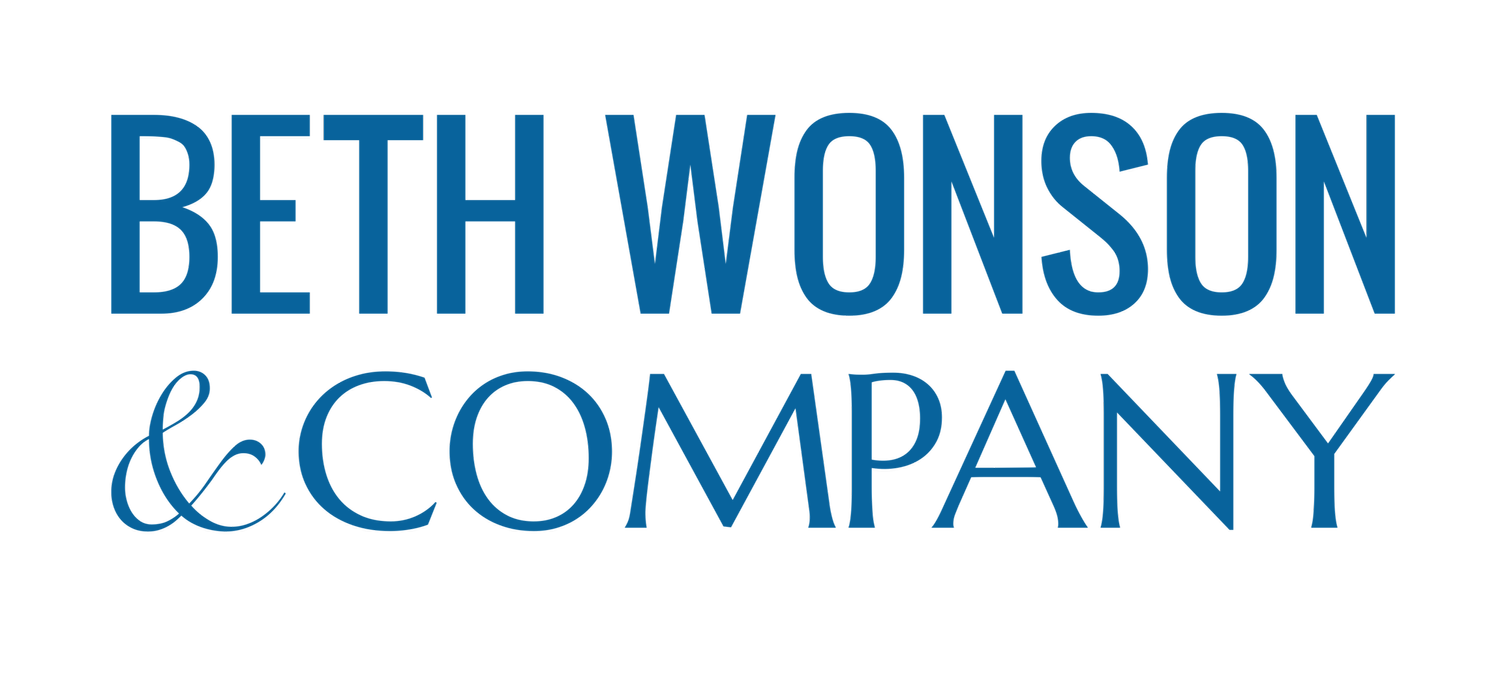6 Strategies for Creating A Culture of Communication
Is There a Cost to Avoiding Asking Tough Questions?
Aren’t you better off just not asking? I mean why open a can of worms by asking staff their opinions?
Research Tells Us Silence Costs The Company
Giving employees an opportunity to have their voice heard, especially when the dialogue is challenging, is critically important for retention. When employees feel heard, building a culture of trust is easier.
When employees feel they have no voice they are more likely to say nothing, then resign or miss work. Both of these consequences have significant costs in terms of dollars, time and success.
There is endless data on the cost of recruitment and training when valued employees aren’t retained. There is less data available on the cost of employees who decide to keep silent.
6 Strategies for Creating A Culture of Communication
So how can organizations create a culture where employees feel safe speaking their truth?
It must start with leadership modeling the behaviors.
Here are 6 strategies that we can help you implement that can shift a culture from one of employee silence to one of productive candor.
1. Focus on the Good of the Whole
Most people naturally think first about the potential risk to themselves if they speak up. Will their supervisor be irritated? Will it impact their chances for promotion, or being included on teams? Will it just make the day-to-day uncomfortable?
When leaders are continually talking about and acknowledging individuals who work toward the best interest of the good of the whole, employees will follow suit.
2. Be Responsible for Your Own Emotional Energy
Hearing that a strategy is at risk, a client is unhappy, or that work may have to be redone can be frustrating and disappointing. If the employee that is delivering that news receives the brunt of your emotional reaction, they will be less inclined to be the bearer of bad news. But knowing about bad news early is what allows for simple readjustments.
It is critical that each employee and leader knows how to assess and manage their own emotions if you desire a culture where people speak up.
3. Create Emotional Safety
When people feel unsafe they become protective and defensive. Open dialogue begins with emotional safety. When people feel safe they are more likely to share what is not going well and also share more of what is going well.
4. Be Curious
Curiosity invites dialogue. When leaders show up as experts with all the answers, employees are less likely to think creatively, problem-solve and uncover hidden risks. They operate assuming the leader knows it all already.
5. Teach Managers to Coach
Managers who know how to be authentic coaches are much more likely to have two way communication with their reports. They will be able to hold space for employees to share challenges, learn from them, and develop action plans to prevent them in the future. During the coaching process, the manager gets insight into what road blocks and issues are facing their staff.
If you are getting continually blindsided by costly problems and challenges, there is a good chance the culture you work in is one where leaders avoid asking for feedback and employees prefer to remain silent.
6. Build a Culture Where Having Successful Challenging Dialogues is the Norm
Most of our education and professional development doesn’t include strategies for having successful tough conversations, speaking truth with empathy, or developing self-leadership and emotional intelligence.
For an organization as a whole to be skilled in healthy conflict, speaking truth even in challenging situations, these values must be developed and upheld. Leaders must model that behavior, and management must support it by fostering the practice in meetings and one-on-ones. It won’t be perfect all of the time, which is why it’s critical to support honest feedback and healthy conflict.
How to Transform Frustration into Fascination
When engaged in a challenging dialogue, instead of becoming frustrated, angry, or feeling defeated, let yourself be fascinated.
“Oh. There’s that sensation again. I recognize that I’m reacting.”
Pause.
Take a deep breath.
Let go of any tension when you exhale.
Feel the floor beneath your feet.
Ground yourself in the facts — what is actually 100% true in this moment.
Being fascinated takes us out of potential feelings of shame and guilt that can amplify our reaction. Then you can think clearly and plan a centered, fact-based response.
Are You Ready to Initiate Change?
I’m challenging you to implement these strategies in your own organization, for the good of the whole. If you’re looking for support in implementing your strategies for long-term, sustainable change, please get in touch!
Have a Question? Let’s Talk Today
You may be facing a challenge or weighing an action and aren’t sure where to start, or what a solution even looks like. Contact Beth today! It’s 100% confidential so you can freely discuss the challenges you’re facing and unlock a path forward. Or Get Started with our resources library and books.
